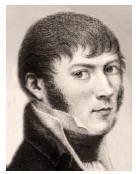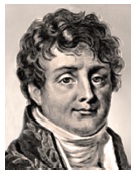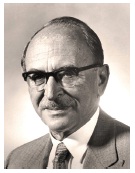Chapter 4 FOURIER OPTICS
- 4.1 PROPAGATION OF LIGHT IN FREE SPACE
- 4.2 OPTICAL FOURIER TRANSFORM
- 4.3 DIFFRACTION OF LIGHT
- 4.4 IMAGE FORMATION
- 4.5 HOLOGRAPHY

Josef von Fraunhofer (1787–826) developed the diffraction grating and contributed to our understanding of diffraction. His epitaph reads Approximavit sidera (he brought the stars closer).

Jean-Baptiste Joseph Fourier (1768–1830) demonstrated that periodic functions could be constructed from sums of sinusoids. Harmonic analysis is the basis of Fourier optics; it has many applications.

Dennis Gabor (1900–1979) invented holography and contributed to its development. He made the first hologram in 1947 and received the Nobel Prize in 1971 for carrying out this body of ...
Get Fundamentals of Photonics, 2 Volume Set, 3rd Edition now with the O’Reilly learning platform.
O’Reilly members experience books, live events, courses curated by job role, and more from O’Reilly and nearly 200 top publishers.

